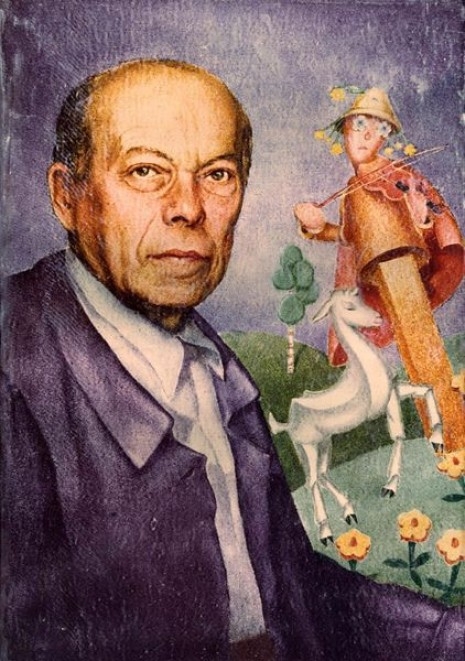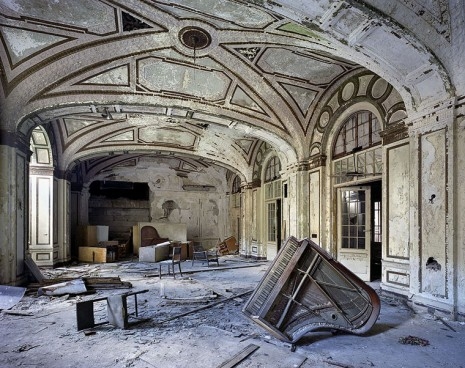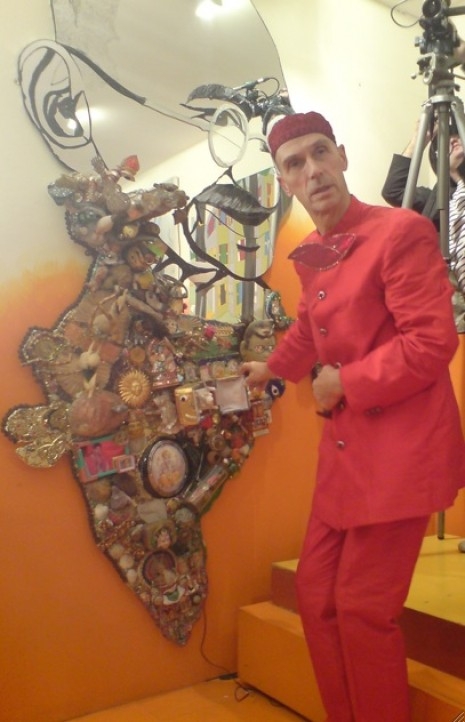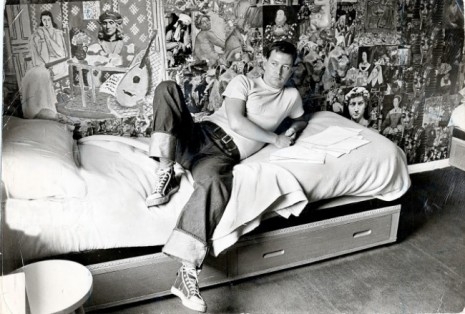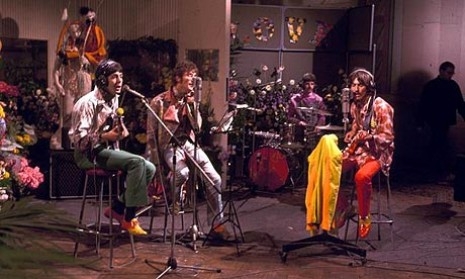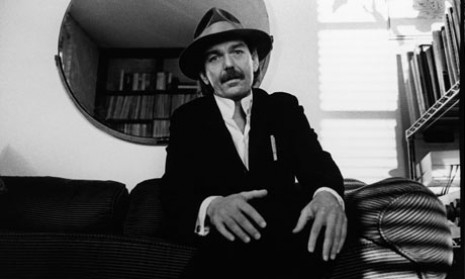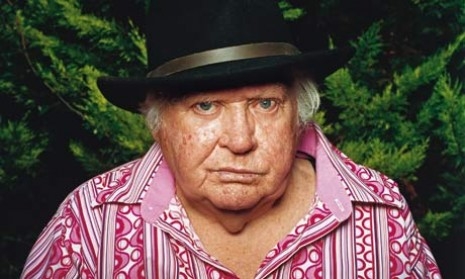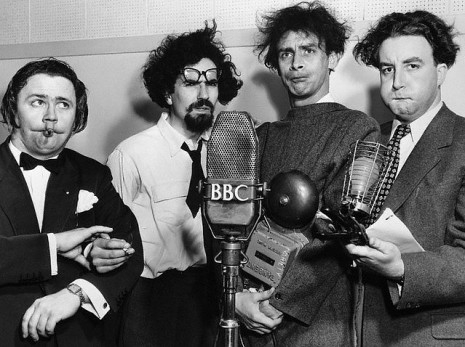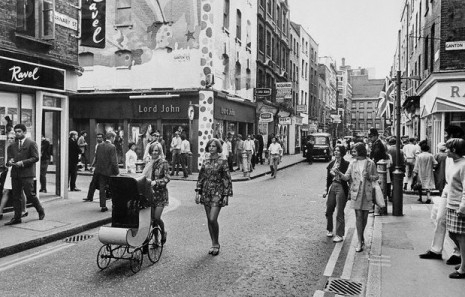
When the DTs were bad, the writer Malcolm Lowry had a trick to stop his shaking hands from spilling his drink. He would remove his tie, place it around the back of his neck, wrap either end around each hand, take hold of his glass, then pulled the tie with his free hand, which acted as a pulley, lifting the glass straight to his mouth. Lowry drank anything, hair tonic, rubbing alcohol, aftershave, anything. But unlike most drunks, Lowry was a dedicated writer, a constant chronicler of his own life - everything was noted down as possible material for his novels, and generally, it was. He couldn’t enter a bar or cantina without leaving with at least four pages of hand-written notes. That’s dedication.
In 1947, when Lowry’s novel Under the Volcano was published, he was hailed as the successor to James Joyce, and his novel hit the top of the New York Times Best Seller List. Move ten years on, to the English village of Ripe, Lowry is dead from an overdose, at the age of forty-eight, penniless, forgotten, with his books out of print. It was an ignoble death for such a brilliant writer, a death that has since been clouded with the suspicion he was murdered by his wife, Margerie Bonner, who may (it has been suggested) have force-fed him pills when drunk - for the pills he swallowed were prescribed to Margerie, and Lowry was unlikely to have taken his own life without writing copious notes of his final experience.
Lowry was born in Cheshire in 1909 and educated at The Leys School and St Catharine’s College, Cambridge. At school he discovered the two passions that were to last the whole of his life - writing and drinking. He wrote poetry and became friends with the American poet and novelist, Conrad Aiken, sending him letters about his drunken excesses. Aiken recognized Lowry’s natural talent and encouraged the teen literary tyro to write. But Lowry didn’t have the experience to write from, so between school and university, he enrolled as a deckhand and sailed to the far east. This provided him with the material for his first novel Ultramarine (1933), the story of a privileged young man, Dana Hilliot, and his need to be accepted, by his shipmates. The story takes place during 48-hours on board a tramp steamer, the Oedipus Tyrannus, “outward bound for Hell.” Like all of Lowry’s work it is semi-autobiographical, and contains the nascent themes he would develop in Under the Volcano (1947), Dark as the Grave Wherein My Friend is Laid (1968) and October Ferry to Gabriola (1970).
Booze flows through Lowry’s writing. It’s a way of escape, as much as the sea voyages and plane journeys he wrote about. In Medieval times, a definition of possession included drunkenness, and Lowry was well aware of drink’s shamanic association:
“The agonies of the drunkard find their most accurate poetic analogue in the agonies of the mystic who has abused his powers.”
Few writers physically endured the excesses of alcohol or wrote about them so powerfully. While everyone knows Under the Volcano and its tale of the descent into Hell of alcoholic British consul, Geoffrey Firmin, during the Day of the Dead, in the small Mexican town of Quauhnahuac, it is his novella Lunar Caustic which gives the clearest insight into the cost of Lowry’s alcoholism. It’s the harrowing tale of Bill Plantagenet, a pianist and ex-sailor who, after a long night’s drinking, awakens to find himself in New York’s Bellevue psychiatric hospital surrounded by the dispossessed and insane.

The story is as much about Lowry as it is about the “collective and individual anxieties of the age,” and it was a story Lowry worked on repeatedly during his life. Early versions were published in literary magazines, and Lowry eventually spliced it together into a novella he thought too “gruesome” to publish in his lifetime, though he gave it a most interesting title:
Lunar Caustic as a sardonic and ambiguous title for a cauterizing work on madness has, | feel, a great deal of merit. But lunar caustic is also silver nitrate and used unsuccessfully to cure syphilis. And indeed as such it might stand symbolically for any imperfect or abortive cure, for example of alcoholism.
Like many drunks, Lowry teetered between self-pity and self-loathing, but the writer in him kept a careful watch on his often disastrous and eventful life, and it is because of this his writing never indulged in the worst excesses of the bar-room drunk of being boring. Indeed, Lowry’s books are complex enough to deserve more than one reading, for as Schopenhauer once wrote:
“Any book that is at all important ought to be at once read through twice; ... on a second reading the connection of the different portions of the book will be better understood, and the beginning comprehended only when the end is known; and partly because we are not in the same temper and disposition on both readings.”
Volcano: An Inquiry into the Life and Death of Malcolm Lowry is an Oscar nominated documentary which:
focuses on Malcolm Lowry, author of one of the major novels of the 20th century, Under the Volcano. But while Lowry fought a winning battle with words, he lost his battle with alcohol. Shot on location in four countries, the film combines photographs, readings by Richard Burton from the novel and interviews with the people who loved and hated Lowry, to create a vivid portrait of the man.
It does create a vivid portrait, but one under the shadow of Lowry’s last wife Marjorie Bonner, and it was not until after her death, in 1988, and the publication of Gordon Bowker’s top-class biography, Pursued by Furies: A Life of Malcolm Lowry, that a complete picture of Lowry came to fruition. Still it’s a damn fine documentary, and well worth the watch. As for an epitaph, I’ll leave that to the man himself:
Malcolm Lowry
Late of the Bowery
His prose was flowery
And often glowery
He lived, nightly, and drank daily
And died, playing the ukelele
Previously on Dangerous Minds
Kerouac’s Boozy Beatitudes on Italian TV, 1966






